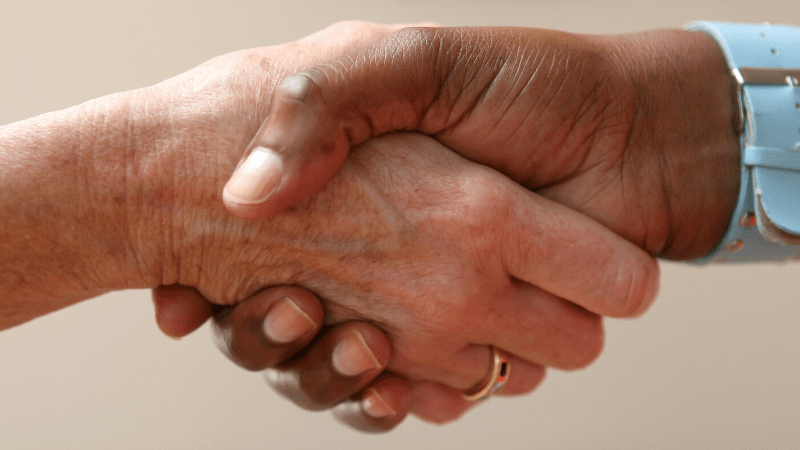To reduce Minnesota health disparities, health systems are partnering with community-based organizations to deliver a holistic approach to care.
Webinar Presenters:
- Adair Mosley: President and CEO Pillsbury United Communities
- George Hinton, CEO Social Development Commission
- Michelle Hinton, Impact Director of Health and Well-being, Alliance for Strong Families and Communities
The connection between health and socio-economic barriers is undeniable. Speakers from The National Center for Complex Health & Social Needs’ webinar argue there is a better way to proactively address these issues. Now, it’s critical for available social organizations in communities to partner with health care organizations to improve patient outcomes and sustainably decrease health disparities in these communities.
Adair Mosley stated that the COVID-19 pandemic had only highlighted disparities that already existed within disadvantaged communities. In a world moving beyond COVID-19, action needs to turn into transformative impact. His community-based organization (CBO), Pillsbury United Communities, focuses on building economic independence for those living in Minneapolis, one of the poorest cities in the United States, with approximately 17 percent of the population living below the poverty line.¹
With a partnership from BlueCrossBlueShield (BCBS) Minnesota, as well as from North Memorial Hospital, Pillsbury United Communities launched a community grocery store that seeks to remedy many needs of the area.
The grocery store touts affordable prices, particularly for produce, products which have been notoriously less affordable than less-healthier options. On the store’s discounted produce days, Mosley sees an influx of families that have an intrinsic desire to feed their families healthily, but are not always able.
“Food is medicine. Doctors have said if only they could prescribe fruits and vegetables to a patient— that that would have a better return than sometimes the prescriptive medicine they give,” Mosley said.
Integrated in the grocery store’s model of enhancing community health is a wellness center operated by North Memorial Hospital. The wellness center, which has typically garnered negative connotations, offers free health services to customers doing their shopping, such as health coaching, chronic care management and medication management through a pharmacist. This is an effort to change the community’s narrative as well as its own.
Other areas facing “food deserts,” as Mosley called them, can follow this model of integrating community action with health.
“You have to be thinking of ways you’re going to be intentional in partnering with health care,” Mosley said. “It’s going to be the most catalytic and transformative partnership we can imagine.”
BSBC Minnesota saw value in this approach for community health, and as a result, provided Pillsbury United Communities with $850,000 to build upon it. While Mosley says it may not seem like much, the sum given is definitely something to start the movement. Other CBOs can follow suit and make the switch from a charity model of business to a “transformative impact model.”
“We don’t always have to be the recipients of grants,” Mosley said. “We can build enterprises and have contractual relationships with health care providers that have not always existed.”
Mosley believes partnering with CEOs of health organizations and community workers who have strong ties in their cities will help build a more sustainable entity for change.
“All of us are all we need,” Mosley said. “Every day that begins to ring more true to me and to our organization. It’s the level of collective impact that is going to move our community; where we go from here matters. What we do matters, and we need to do it with boldness and intentionality, so we can imagine a future that works for everyone.”
Sources
¹ City of Minneapolis. (24 May, 2024). Minneapolis poverty dashboard. https://www.minneapolismn.gov/government/government-data/datasource/poverty-dashboard/
